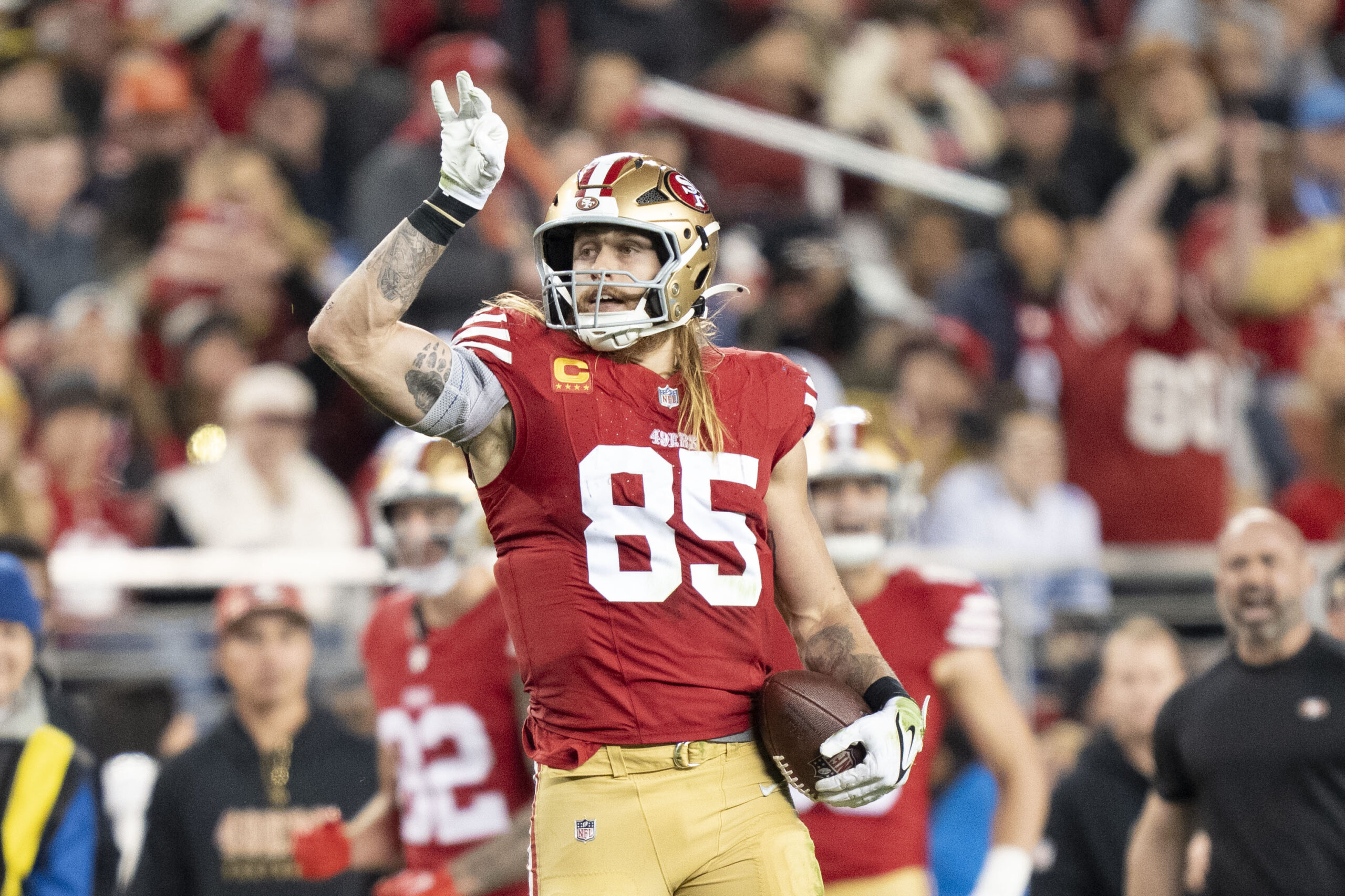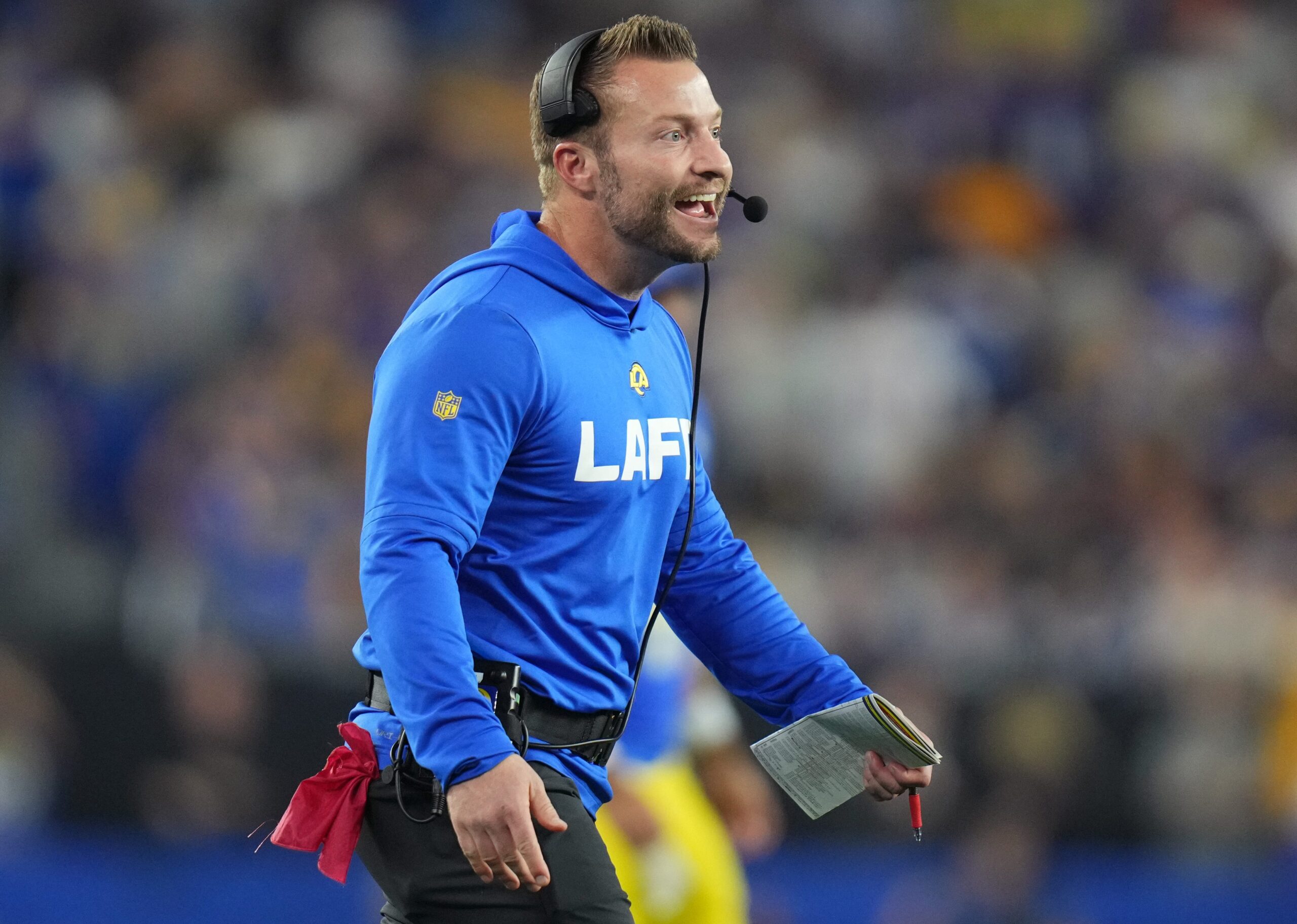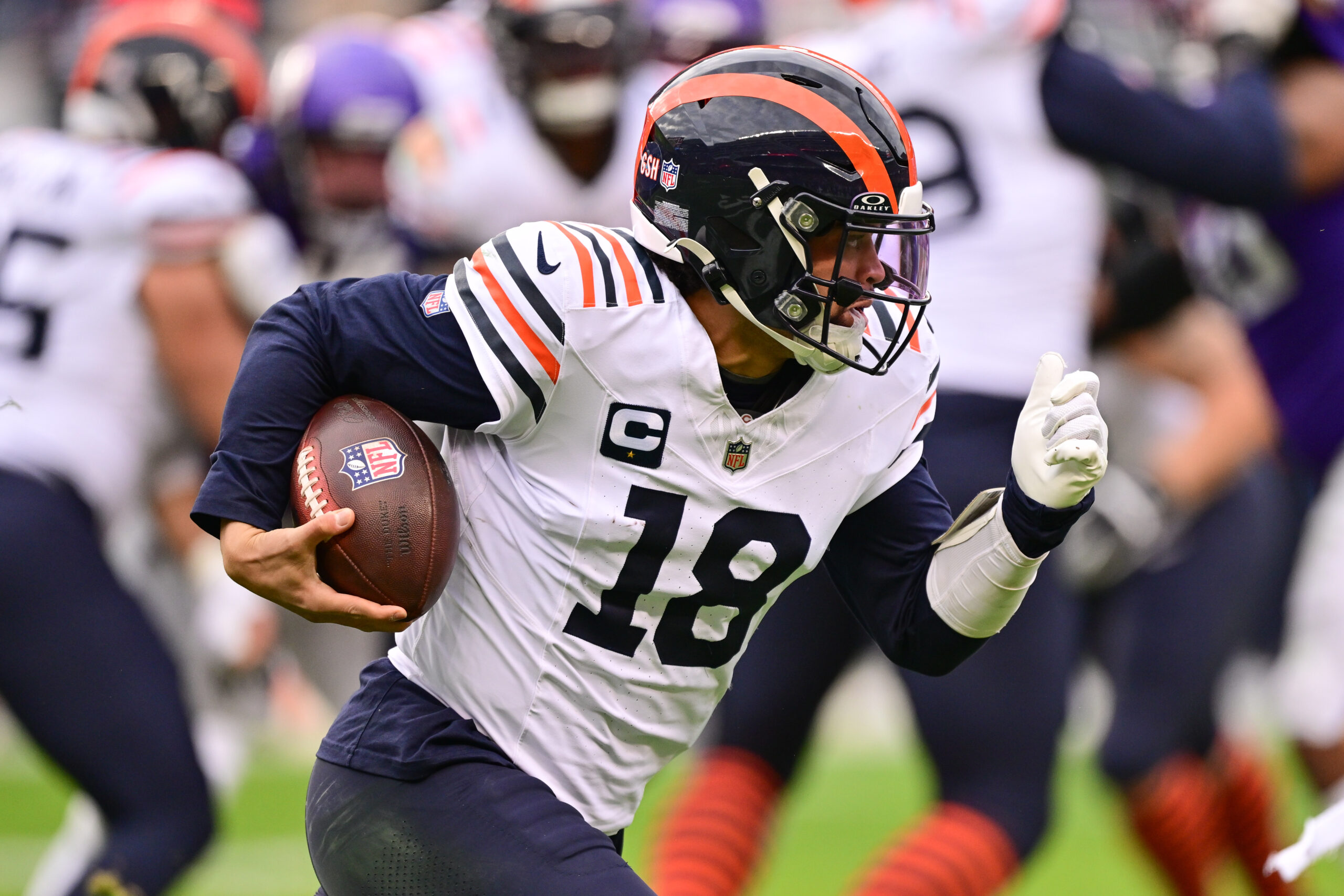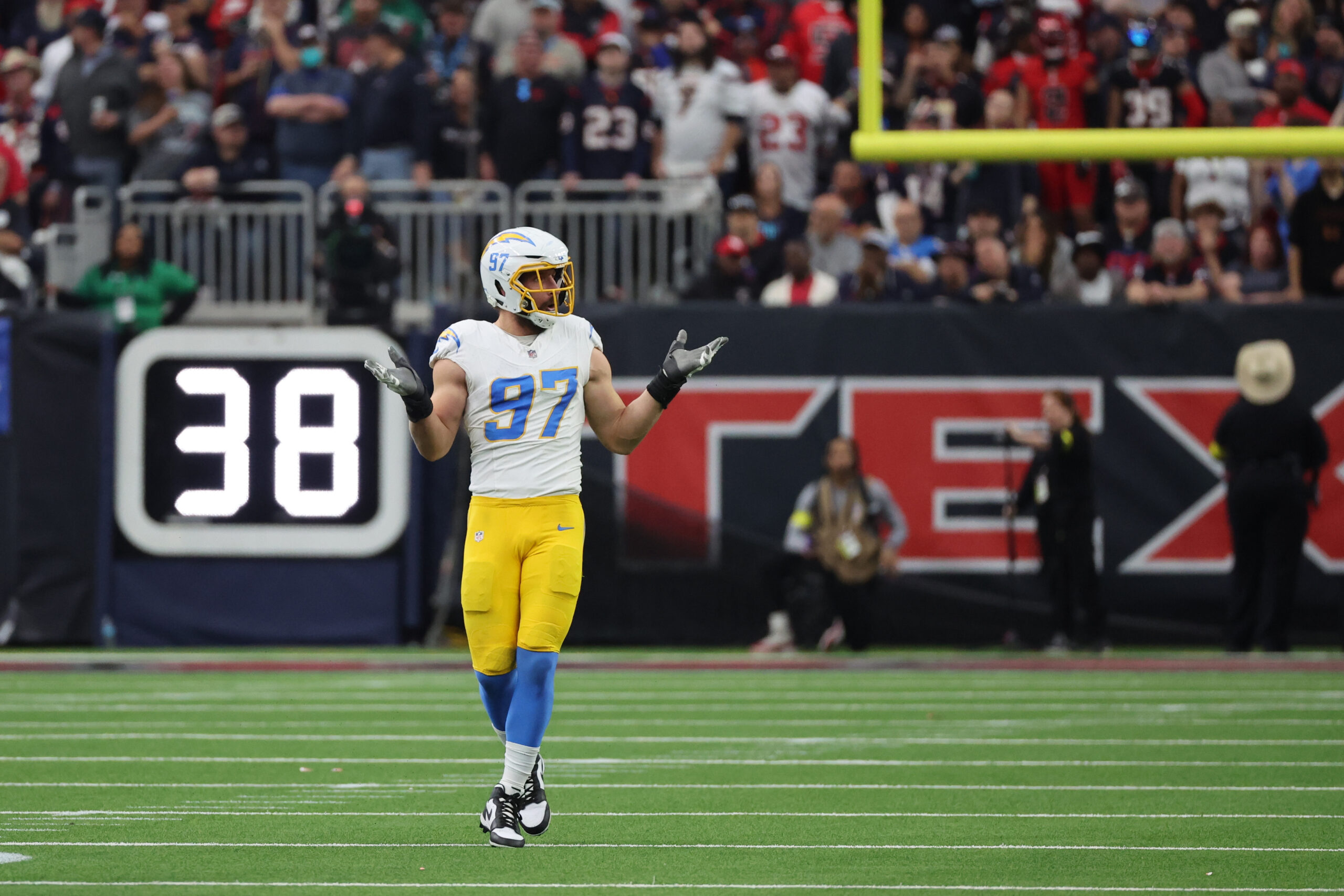NFL Analysis
7/9/24
6 min read
2024 NFL Season Is Make or Break For Bengals' Star Cast

When the Cincinnati Bengals made a run to the Super Bowl after the 2021 season, the future looked bright. The Bengals had the sixth-youngest team and fifth-youngest offense by snap-weighted age. Cincinnati’s offense, led by the trio of Joe Burrow, Ja’Marr Chase, and Tee Higgins, was one of the best in the league.
That continued into the 2022 season when the Bengals went 12-5 and lost a close game to the Kansas City Chiefs in the AFC Championship Game. Cincinnati getting over the hump seemed inevitable.
After that season, the Bengals faced the first test of how they might approach the future of team building. Higgins was coming up on the final year of his rookie contract. For some, that looked like a possible exit ramp to trade the receiver a year early to get younger and cheaper at the position with extensions for Burrow and Chase upcoming.
Cincinnati heavily pushed back on that suggestion with Duke Tobin saying at the combine that if teams wanted a Tee Higgins they should get their own. The Bengals then kept Higgins but did not extend him, signed Burrow, and went into 2023 hoping for one more run before bigger decisions needed to be made.
But during that season, Burrow got hurt and the Bengals settled for a 9-8 record.
With the disappointment of the season, there was a shadow cast over the plans to build around the offense. Without an agreement in place this offseason, the Bengals put the franchise tag on Higgins and a long-term deal does not appear to be happening before the July 15 deadline.
That leaves the 2024 season as likely the last of this trio — one the Bengals looked certain to build around during their run to the Super Bowl.
While most NFL teams would not plan to build around two highly-paid wide receivers and a top-of-the-market quarterback, it made sense for the Bengals because of how all of these pieces fit together.
Chase and Higgins were two dominating outside receivers, who played to Burrow’s strengths of wanting to throw deep down the sidelines. Burrow has been most comfortable with his trust and timing throwing outside the numbers. Over the past four seasons, Burrow has thrown outs and gos among the highest rates in the league.
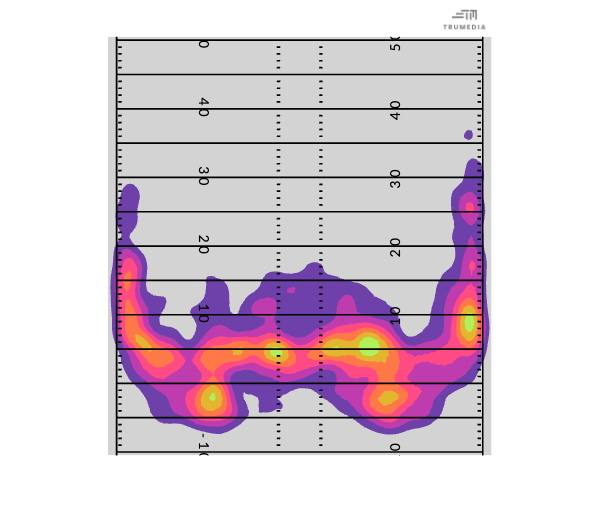
Chase was the top option in the receiving corps, but Higgins’s size and body control made him feel like a necessary piece to the offense. The more Cincinnati figured out what the best version of the offense should be, it felt like Higgins would be a necessary part of it.
That’s why refusing to trade Higgins last offseason when the return could have been at its highest made sense, as long as the Bengals were going to extend him. Based on Cincinnati’s actions, it did appear that extending all of those offensive pieces was the intention.
But then the circumstances got difficult in order to do that. A 2023 injury didn’t help, one of a few that derailed Cincinnati’s season. Higgins played in 12 games had had 656 receiving yards.
Another part of that was the shift in the wide receiver market. Seven of the top 14 multi-year deals by average annual value for receivers were given out this offseason. The Dolphins and Eagles are the only teams with two receivers among that group.
On the franchise tag, Higgins is set to make $21.8 million. That’s below the multi-year averages given out this offseaosn to players such as Calvin Ridley ($23 million) and Michael Pittman ($23.3 million). Higgins has a legitimate case that he’s performed better than those two players throughout his career and should be more in the range of the other No. 2 or 1B receivers like Jaylen Waddle ($28.2 million) or DeVonta Smith ($25 million).
Putting that much into one position is tough, though Philadelphia and Miami will try this season. Philadelphia already has the quarterback and No. 1 receiver locked up on top of Smith’s deal — but the Eagles also are masters at manipulating the cap and get deals done early to stretch out when money hits the cap so the combined cap cost of Jalen Hurts, A.J. Brown, and Smith for the 2024 season is just above $33.5 million.
The Dolphins, like the Bengals, still have a contract up in the air but that’s for quarterback Tua Tagovailoa.
Still for these teams, sacrifices have been needed elsewhere. Most of those come on the defensive side of the roster.
This might be where 2023 had the biggest impact for the Bengals in how they decided to shape the roster for the future.
As the Bengals made their playoff runs during the 2021 and 2022 seasons, the defense was a big part. The talent wasn’t always top tier but defensive coordinator Lou Anarumo had the team playing sound and schematically advantageous football. Cincinnati was able to disguise alignments and could puzzle the league’s best quarterbacks when the team played Drop 8 coverage.
Across 2021 and 2022, the Bengals were seventh in defensive EPA per play. There was a bet, then, that Anarumo’s defense could continue to produce at a high level with a youth movement. Both safeties Jessie Bates and Vonn Bell left in free agency while Cincinnati relied on young players like 2022 first-round pick Dax Hill as well as 2023 picks D.J. Turner and Jordan Battle.
On top of inconsistent play and injuries from Chidobe Awuzie and Cam Taylor-Britt at corner, Cincinnati’s defense struggled. There were often miscommunications in the secondary and the Bengals were 31st in explosive pass rate allowed. The defense overall was 25th in EPA per play.
If the Bengals were going to try to go young and cheap on defense in order to load up on offense, that plan was interrupted by such a down defensive year. Some of those young players will still play a big role in 2024 with promise of development but Cincinnati had to make some changes.
The Bengals brought back Von Bell for that veteran leadership at safety and also signed Geno Stone. Those weren’t expensive deals, but it was money used on positions Cincinnati had hoped would be filled by rookie contracts.
There hasn’t really been a chance to go completely cheap on defense because of the investment along the defensive line, including Trey Hendrickson, B.J. Hill, Sam Hubbard, and this year’s free agent signing of Sheldon Rankins. As a result, the Bengals have the seventh-most cap space in the league invested on defense, per Over The Cap.
If some of the young secondary can develop quickly and give the Bengals some hope for turning that part of the defense over for the next few seasons, there’s a chance the team can lean into hoping the defense can get by with a schematic advantage.
It might be a big ask, but it could be Cincinnati’s best hope for keeping the offense together.
The 2024 season is going to be big for the Benagls and how the future of the roster can be contrsuctued.


